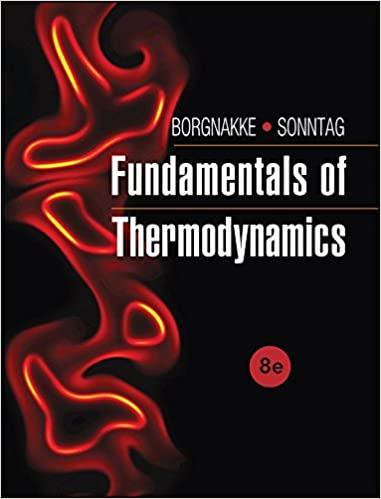Kepler's third law
3. Kepler's Third Law In the 16th century the Danish astronomer Tycho Brahe had the preeminent astronomical observatory in Europe. Working with his staff he made some of the most detailed observations of the planets and stars visible to the naked eye using them to attempt to understand the structure of the heavens. In the last year of his life he was assisted by the German astronomer Johannes Kepler. It was Kepler who took (perhaps stole is the better word) the information and studied it for over fifteen years before arriving at an understanding of the motion of the planets. This understanding was presented in the form of three laws named after Kepler. 1. All the planets move in elliptical trajectories with the Sun at one focus. 2. The radius vector drawn from the Sun to the planet sweeps out equal areas in equal times. 3 . The square of the period of a planet's orbit is directly proportional to the cube of the semimajor axis of the elliptical orbit. semiminor axis semimajor axis focus center focus A circle is an example of an ellipse whose focus is at the center and whose semiminor and semimajor axes are the same. In this problem we will see how Newton's law of gravitation can be used to arrive at Kepler's third law in the simple case of a circular orbit (this can also be done for an ellipse, but the math is not as simple). Start by considering two masses (e.g. the Sun and the planet Venus for instance) My and my, separated by a distance R with mass my moving in a circular orbit about mass My. For the sake of simplicity we assume mass My is completely stationary. a. Make a complete and properly labeled force diagram for mass my as it orbits mass MS. b. Express the Newton's 2nd law equation that models the system of mass my. (Hint: Newton's law of Universal Gravitation should come in handy, as well as acknowledging that the mass has a radial acceleration) c. The period, T', of an orbit is the time it takes for the mass my to execute one full revolution around the mass My. Come up with an equation that can be used to replace the tangential speed of mass my with the period T. d. Substitute your expression from part c into the expression from part b, then show that T2 = (4 ) R3. You have just arrived at Kepler's third law. The result is also true for elliptical orbits but more mathematically challenging to justify. e. Does Kepler's 3d law depend on the mass of the orbiting planet? Explain. f. The Earth is 1.50 x 101 m away from the Sun and it takes a year to travel around it, use this information in combination with Kepler's 3d law to estimate the mass of the Sun







